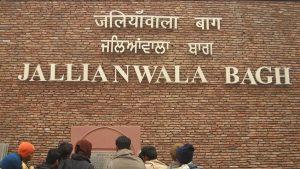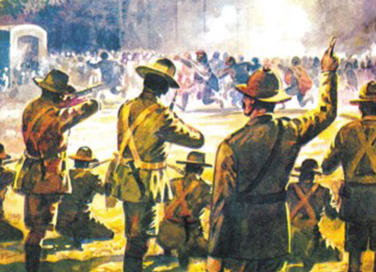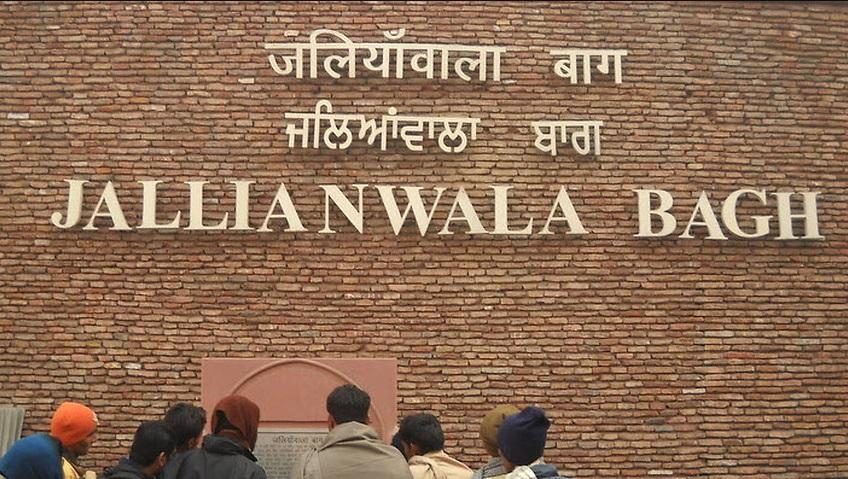
On April 13, 1919, the Jallianwala Bagh massacre took place in Amritsar, Punjab, which is remembered as a tragic event and a symbol of the atrocities committed against the Indian people during the British colonial era. The massacre played a significant role in India’s fight for independence, as it increased the nation’s determination to achieve self-rule and break free from British subjugation.
Jallianwala Bagh Massacre 2023
Jallianwala Bagh Massacre Day 2023 marks 104 years since the tragic incident that is seen as a turning point in Indian History. It was this that led to Gandhi’s full commitment to the cause of Indian nationalism and independence from Britain.
Buy Prime Test Series for all Banking, SSC, Insurance & other exams
Causes of Jallianwala Bagh Massacre- Why people’s are gathered in Jallianwala Bagh?
The British military officer, General Dyer, on April 13, 1919 entered the Jallianwala Bagh (Amritsar) with his troops, where people had gathered to peacefully protest against the arrest of the two nationalist leaders, Satya Pal and Dr Saifuddin Kitchlew. Without so much as a warning to the people to disperse, he ordered his troops to fire at the unarmed crowd. The onslaught lasted ten minutes till their ammunition was exhausted, after which the British soldiers left. A total of 1,650 rounds were fired, and more than 500 people were killed and murdered. The exact number of casualties remains unknown.
On the morning of Baisakhi, Colonel Reginald Dyer had announced the implementation of a curfew throughout Amritsar and a ban on all processions that even prohibited a group of 4 or more people to meet publicly. At about 12:40 PM, Dyer received confidential information about the meeting taking place at Jallianwala Bagh that may result in riots and protests.
Jallianwala Bagh Massacre- General Dyer’s Orders

Who take revenge of Jallianwala Bagh massacre?
After the tragedy, Sardar Udham Singh avenged his people by killing the British officer serving as Governor General of Punjab, Michael O’Dwyer. He was Born on December 26, 1899, Udham Singh was a member of the Ghadar Party and the Hindustan Socialist Republican Association (HSRA). The assassination of Michael O’Dwyer, the ex-lieutenant governor of Punjab, brought him widespread notoriety. Singh carried out the murder in retaliation for the 1919 slaughter at Jallianwala Bagh in Amritsar. The recognized martyr (born Sher Singh) was born to Tehal Singh, a manual laborer, and Narain Kaur, a housekeeper, in the vicinity of Pilbad, some 130 miles from British India’s Lahore. His older brother Sadhu was two years older than him, making him the youngest. They lost both parents at an early age, both to separate mishaps.



 Indian Olympic Medal Winners List Till N...
Indian Olympic Medal Winners List Till N...
 Who is the Inventor of the Gramophone?
Who is the Inventor of the Gramophone?
 HS Dhaliwal Appointed New DGP Of Andaman...
HS Dhaliwal Appointed New DGP Of Andaman...
